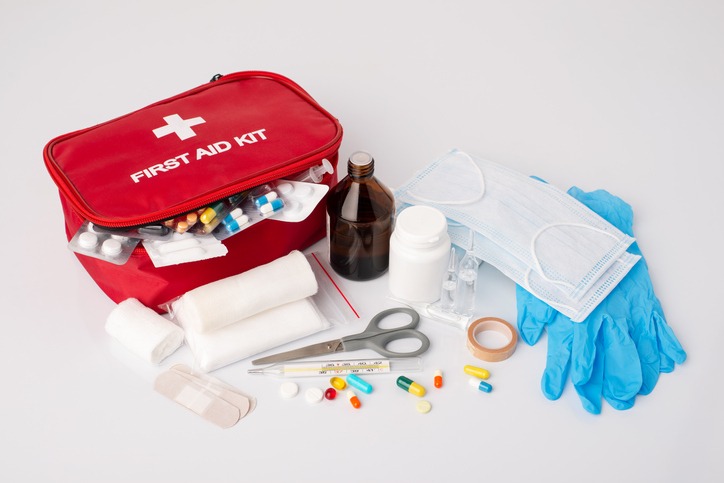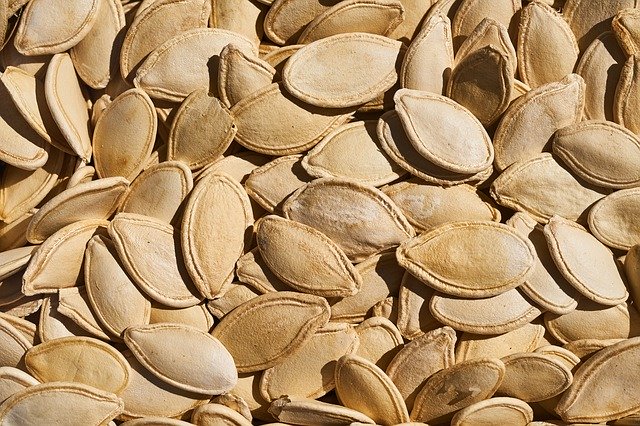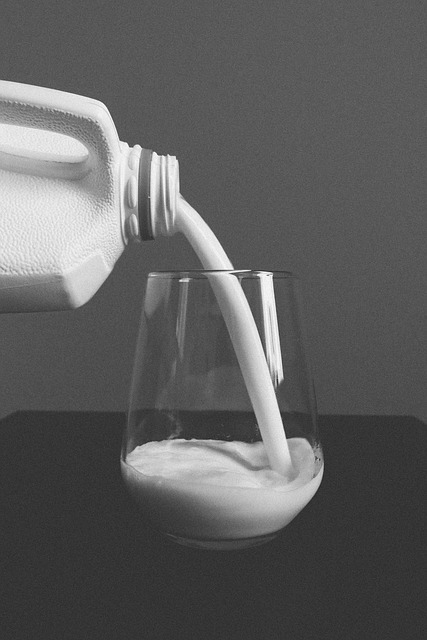Top Ways to Produce Cooking Fat on Your Farm for Sustainable Living
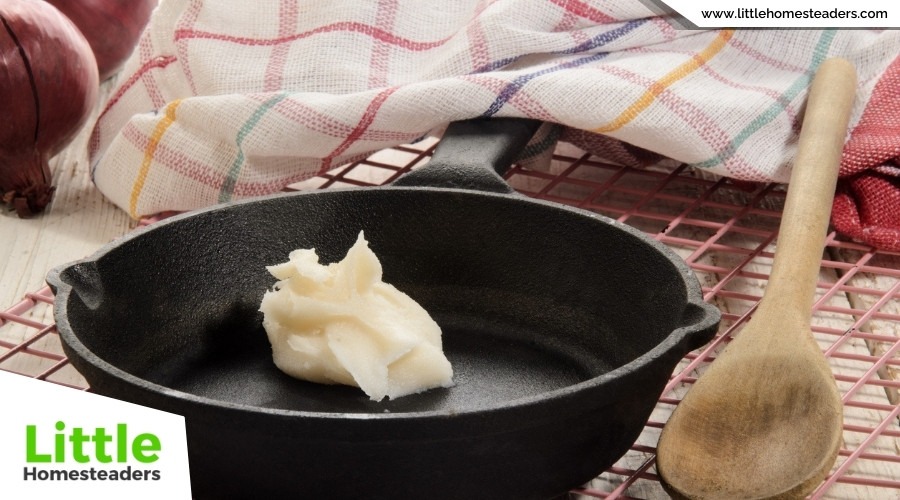
Producing your own cooking fats on your farm is a rewarding step toward sustainable living and self-sufficiency. By creating your own fats, you can minimize waste, reduce reliance on industrial production, and take meaningful steps toward protecting the environment. This practice not only supports a healthier planet but also ensures your cooking ingredients are fresh, high-quality, and free of unnecessary additives. Not only does this reduce reliance on industrial production, but it also ensures superior quality and freshness while minimizing packaging waste.
This guide explores various methods to create high-quality cooking fats from both animal and plant sources, providing practical tips and environmental benefits for each technique.
Rendering Animal Fats
Rendering animal fats is a traditional, efficient way to produce versatile cooking oils. However, it's not without its challenges. Preventing rancidity requires proper storage in cool, dark conditions, and managing odors during the rendering process can be tricky but is essential for a pleasant kitchen experience. With a little care and attention, these issues can be minimized, ensuring a high-quality product. This process involves melting fat from animals, such as pigs (for lard) or cattle (for tallow), and straining it to remove impurities.
Step-by-Step Process:
- Collect high-quality fat trimmings from your livestock.
- Heat the fat slowly on low heat until it melts.
- Strain the melted fat through cheesecloth to remove solids.
- Pour into airtight containers for storage.
Uses and Benefits:
- Lard: Ideal for frying, baking, and savory dishes due to its high smoke point.
- Tallow: Perfect as a butter substitute and for making soap or skincare products.
Tips for Success:
- Opt for livestock breeds known for good fat yields, such as Berkshire pigs or Angus cattle.
- Store rendered fats in a cool, dark place to extend shelf life. Freezing or canning further prolongs usability.
- Watch for signs of spoilage, such as off-odors or discoloration.
Cold-Pressing Oilseeds
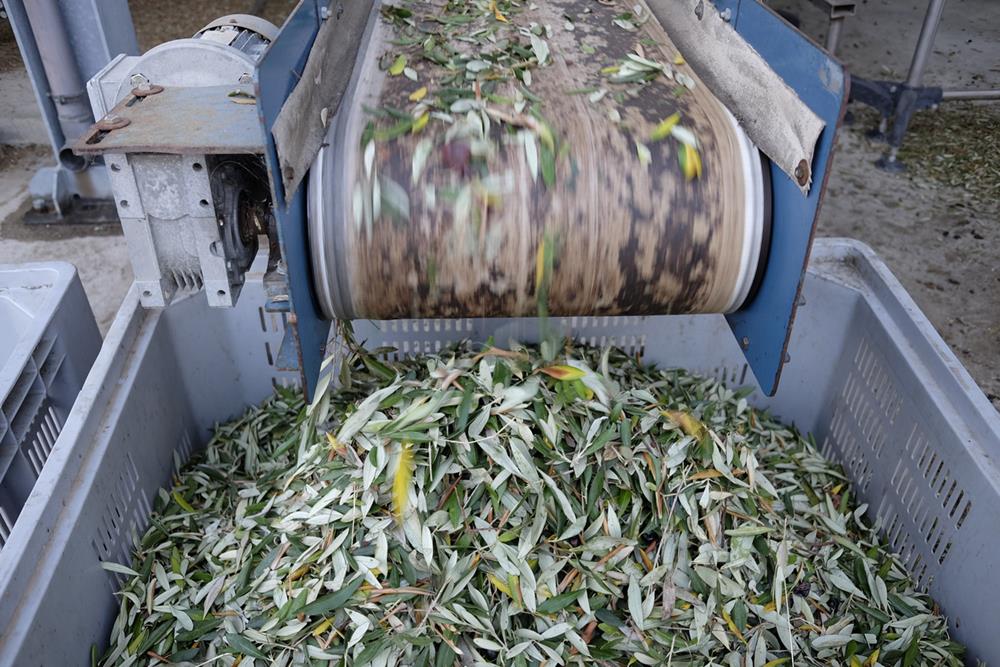
Cold-pressing oilseeds allow you to produce fresh, nutrient-rich oils without the use of chemicals or high heat. This method not only preserves the natural qualities of the oils but also reduces reliance on industrially produced alternatives, making it a more sustainable choice for your farm. This method is ideal for seeds like sunflower, flax, and pumpkin.
Step-by-Step Process:
- Harvest and clean oil-rich seeds.
- Use a home oil press to extract oil mechanically.
- Collect and store the oil in sterilized, dark glass bottles to maintain freshness.
Byproducts:
- Use leftover seed cakes as animal feed or incorporate them into compost for soil enrichment.
Environmental Impact:
Producing your own plant oils reduces the need for industrial oils, which often involve high emissions and excessive packaging.
Troubleshooting Tips:
- If your oil has a bitter taste, double-check the cleanliness of your seeds and equipment.
- Ensure seeds are thoroughly dried to prevent mold contamination.
Cultivating Sunflowers for Oil
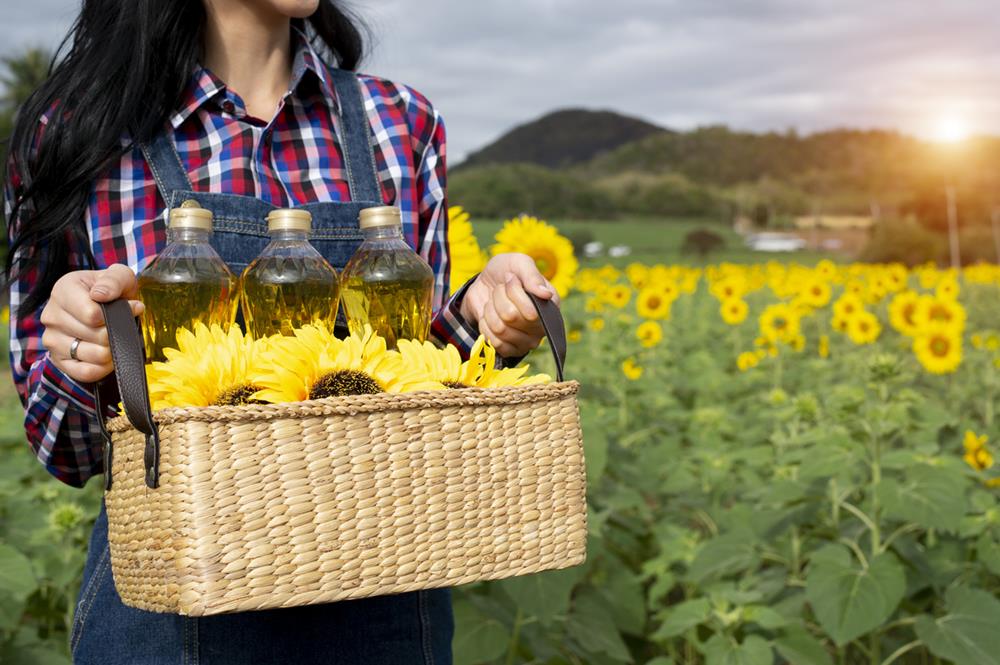
Sunflowers are a high-yield crop perfect for producing cooking oils. Their oil is particularly beneficial due to its neutral flavor, high smoke point, and versatility in both cooking and baking. Additionally, sunflower oil is rich in Vitamin E and healthy fats, making it a nutritious choice for everyday use. Their seeds contain substantial amounts of oil that can be extracted through pressing.
Best Practices:
- Choose high-oil varieties such as Peredovik or NuSun.
- Provide full sun exposure, nutrient-rich soil, and adequate irrigation.
- Harvest seeds when they are fully matured and dry them properly before pressing.
Tip:
Avoid seeds intended for bird feed as they may not meet quality standards for oil production.
Environmental Benefits:
Growing sunflowers supports pollinators like bees and reduces dependency on industrially cultivated oil crops.
Dairy-Based Fat Production
If your farm includes dairy animals, you can produce high-quality butter and other dairy fats. From just one quart of cream, you can make up to a pound of butter.
Butter-Making Process:
- Place heavy cream in a jar or blender.
- Shake or blend until butter forms and separates from the buttermilk.
- Strain and rinse the butter under cold water to remove the remaining buttermilk.
Complementary Uses:
- Butter for cooking and baking.
- Excess dairy fats can be used for making clarified butter (ghee) for a longer shelf life.
Troubleshooting Tips:
- If your butter has an odd taste, ensure the cream is fresh and avoid over-churning.
Nut and Seed Oil Extraction
Expanding beyond traditional oils, nut, and seed oils offer unique flavors and uses. Suitable options include walnuts, peanuts, and hazelnuts.
Steps for Extraction:
- Harvest and clean the nuts or seeds.
- Use a home oil press to extract oil.
- Store the oil in airtight, dark containers to prevent rancidity.
Applications:
- Cooking, baking, and salad dressings.
- Homemade skincare products.
Troubleshooting Tips:
- If the oil yield is low, consider adjusting your press settings or selecting higher-yield varieties.
Olive and Avocado Oil Making
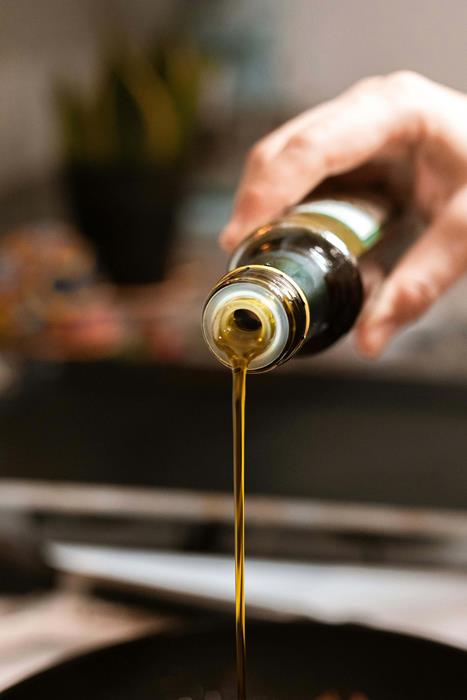
If your climate supports olive or avocado trees, you can produce two of the most prized cooking oils.
Processes:
- Olive Oil: Harvest and crush olives, then press to extract oil.
- Avocado Oil: Extract oil from the fruit pulp using a press or blending technique.
Tips:
- Use high-quality, ripe fruits to ensure the best flavor and nutritional profile.
- Blend oils to create unique flavor combinations.
Environmental Benefits:
Olive and avocado trees contribute to biodiversity and can thrive in arid conditions, reducing water usage compared to some other crops.
Herb-Infused Cooking Oils
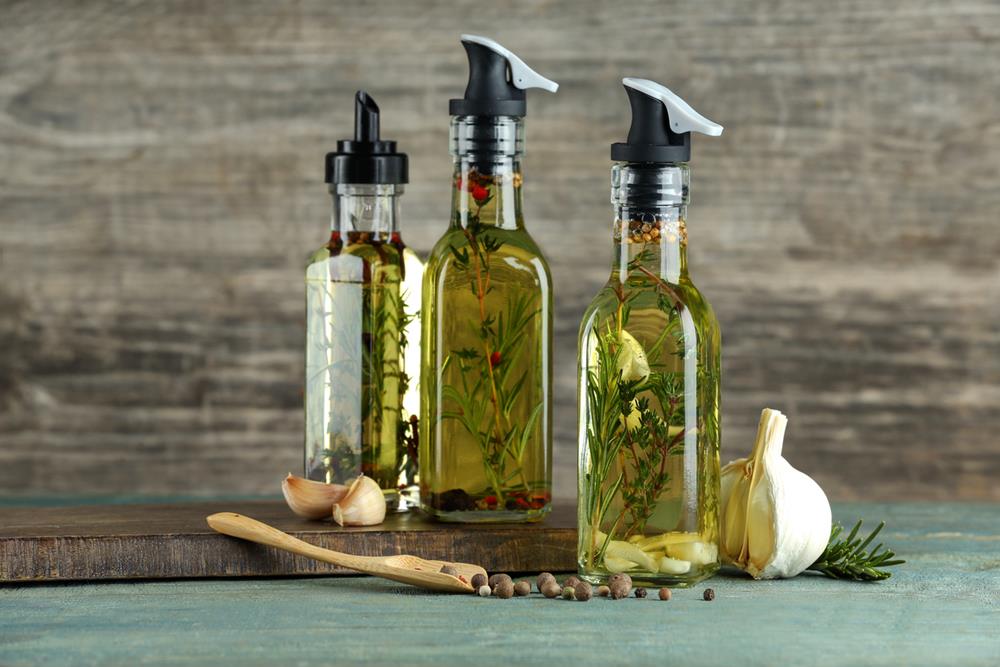
Infusing oils with herbs adds flavor and versatility to your kitchen. Popular choices include rosemary, garlic, and chili.
How to Infuse:
- Heat oil with fresh or dried herbs on low heat.
- Strain the oil to remove herb particles.
- Store in sterilized bottles in a cool, dark place.
Applications:
- Use as a base for dressings, marinades, or sautéing.
Troubleshooting Tips:
- Avoid using wet herbs, as moisture can cause spoilage or bacterial growth.
Maximizing Fat Yields from Livestock
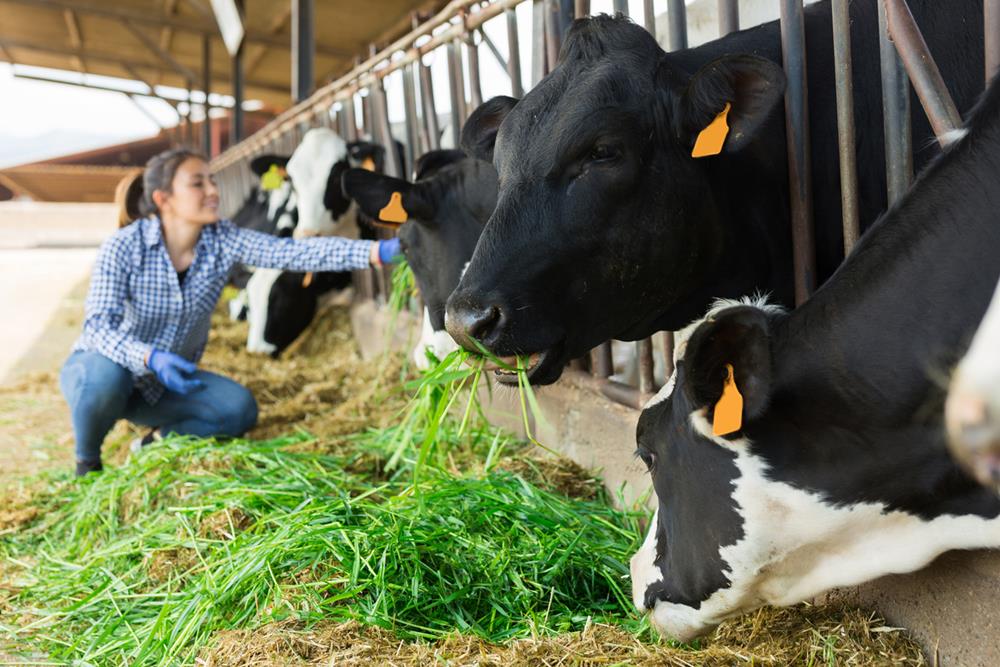
Optimize fat production by focusing on specific breeds and feeding practices. For example, heritage pig breeds like Mangalitsa are known for their excellent fat-to-meat ratios.
Strategies:
- Feed animals nutrient-rich diets to enhance fat quality.
- Use low-temperature methods during rendering to preserve nutrients and flavor.
Environmental Benefits:
Efficient use of livestock reduces waste and supports a more sustainable food system.
Storing and Preserving Homemade Fats
Proper storage ensures that your homemade fats remain safe and usable for long periods. Be vigilant for signs of spoilage, such as off-odors, discoloration, or a rancid taste, as these indicate the fat has gone bad. If you notice these signs, it's best to discard the affected fat to avoid health risks. Ensuring airtight containers and consistent cool storage can help prevent these issues.
Techniques:
- Store rendered fats in clean, airtight containers.
- Label with the production date and type of fat.
- Freeze or can fats for long-term storage.
Signs of Spoilage:
- Off-odors or changes in color.
- Rancid taste or texture.
Troubleshooting Tips:
- If fats develop an off-smell, check for temperature fluctuations in your storage area.
Conclusion
Producing cooking fats on your farm not only enhances your self-sufficiency but also reduces environmental impact by eliminating the need for industrial production. From rendering animal fats to cold-pressing oilseeds, these methods allow you to create a diverse range of high-quality, sustainable cooking fats. Start small and experiment with these techniques to take a meaningful step toward sustainable living.

